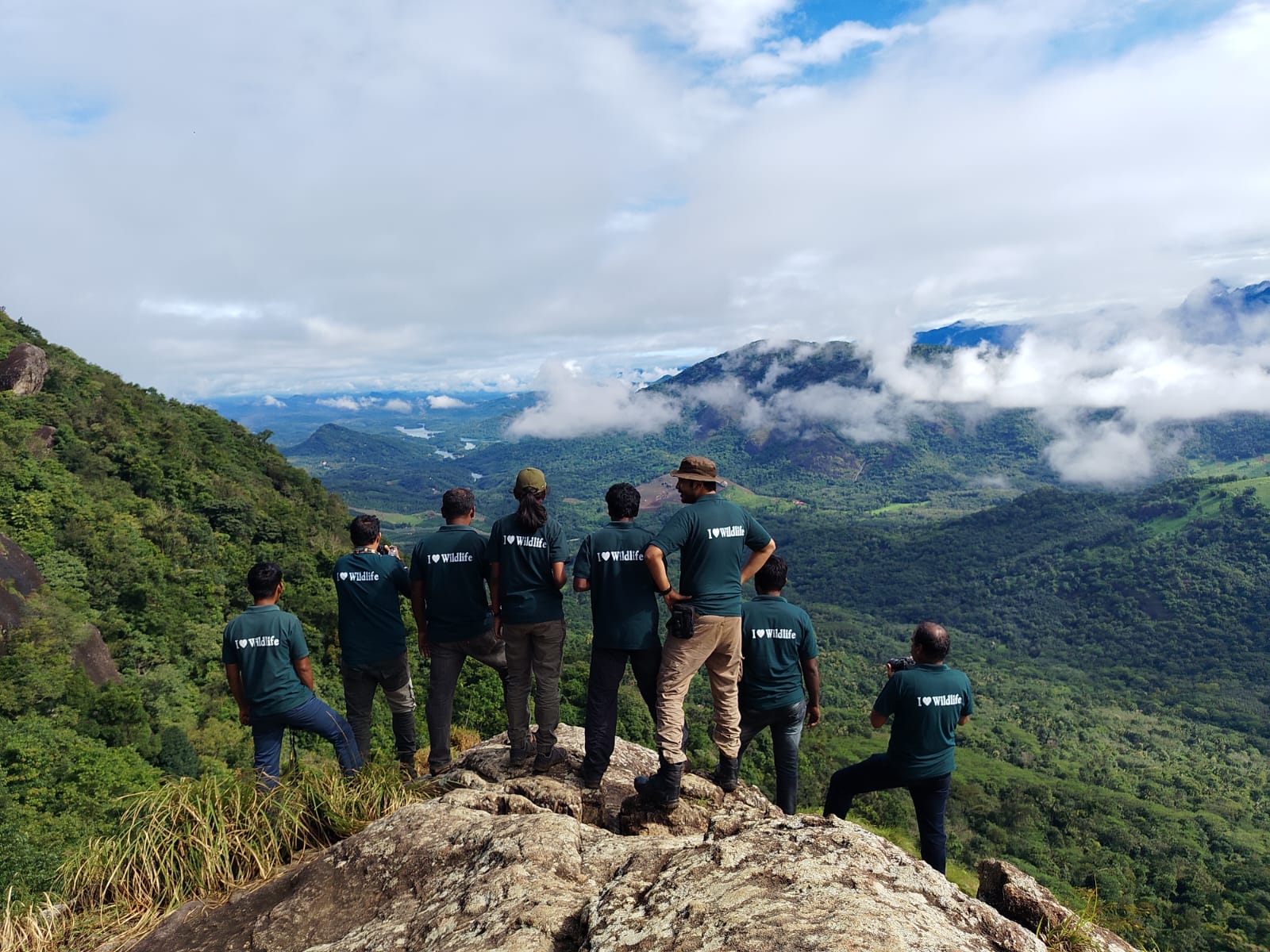
The Kanniyakumari Wildlife Sanctuary in southern India is known for its rich biodiversity, housing endangered species like the Nilgiri tahr and Travancore tortoise. However, it is under threat from invasive plant species, with the rapid spread of Mucuna bracteata being a major concern. This fast-growing creeper spreads quickly, covering vast areas and displacing native biodiversity.
Mucuna bracteata was originally introduced as ground cover in rubber plantations by Arasu Rubber Corporation, a Tamil Nadu government enterprise. While the plant’s growth remained controlled under the shade of the rubber trees, the situation changed when the trees reached the end of their life cycle and were cut down, allowing sunlight to flood the area. This triggered the creeper’s rapid and unchecked growth, quickly overtaking the region. Its dense coverage forms a thick carpet, sometimes several feet deep, making it difficult for even grass to grow.

A systematic approach is necessary to tackle the spread of Mucuna bracteata due to its resilience to fire and drought, as well as its prolific seed production, which ensures its regrowth. Our aim is to suppress the creeper in targeted sections of the sanctuary by employing methods such as canopy creation, where the shade inhibits its growth to the point of gradual decline. By engaging the local tribal community in ongoing removal efforts, we hope to eventually eradicate the creeper over time.
Our methodology:
Previous attempts to eradicate Mucuna bracteata encountered significant setbacks due to a lack of sustained maintenance after the initial clearing and planting. As an aggressive, fast-growing creeper, Mucuna quickly re-establishes itself by sprouting from buried nodes. Without consistent follow-up, it rapidly reclaims cleared land, eventually spreading over and smothering the entire plantation area.

In response, we have implemented a structured, continuous maintenance strategy. A 5-hectare sample plot within the Kanniyakumari Wildlife Sanctuary was selected, where Mucuna bracteata was cleared, and a variety of native tree species were planted. This site serves as a controlled environment to test and showcase the effectiveness of sustained intervention. However, simply removing invasive plants and planting native species is not enough to keep the area free of Mucuna. Regular, targeted removal is essential to prevent the creeper from reestablishing and reversing the restoration efforts.

Over the past several months, our team has conducted periodic rounds of Mucuna removal in the plot. During this process, we have been mindful to retain any trees and plant life that have sprouted naturally. This careful, selective approach, known as assisted natural regeneration, not only protects emerging native vegetation but also supports an increase in biodiversity. The result is a thriving sample plot with an enriched array of plant species, far exceeding those originally planted. This model shows promising potential for reversing the dominance of invasive species and encouraging a healthy, resilient ecosystem in areas previously overtaken by Mucuna bracteata.

